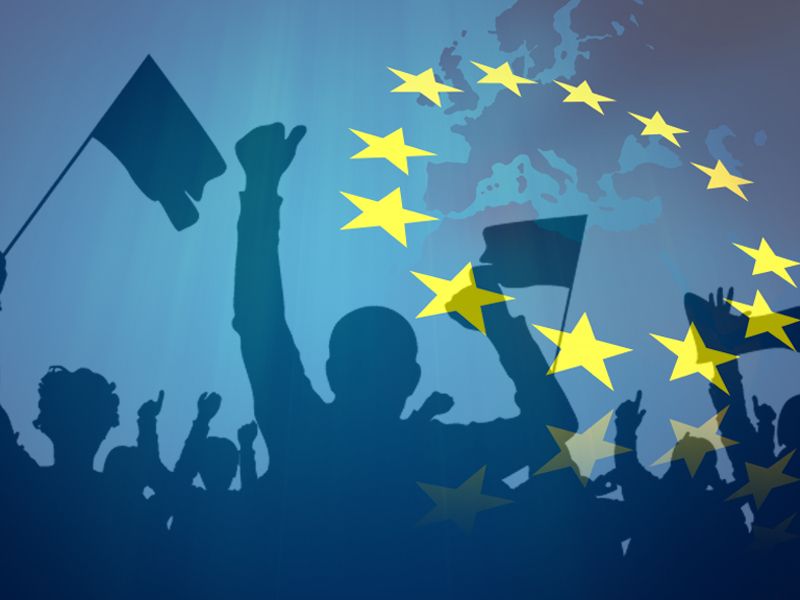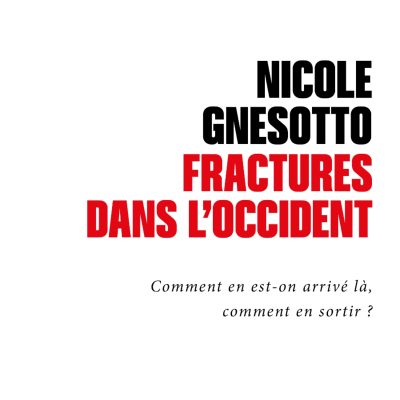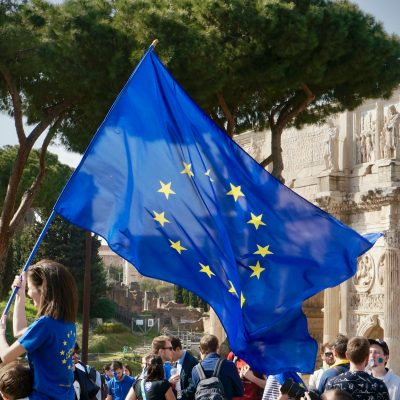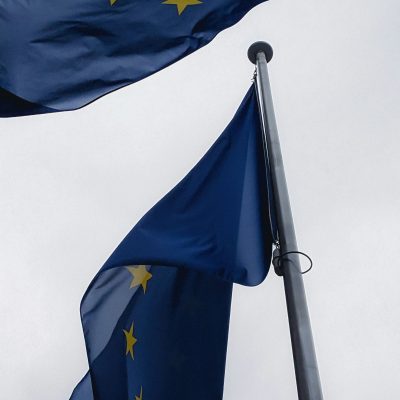[FR] Towards a European public space? The European elections of June 2004
Results and analysis: The heated discussions sparked by the draft constitution showed that the public is keen to gain a better understanding of the major European issues and to have a say in the choices that need to be made.

The heated discussions sparked by the draft constitution showed that the public wants to have a better understanding of the major European issues and to have a say in the choices that need to be made at this level. They also highlighted, once again, how difficult these two objectives are to achieve. Understanding the subtle balances of the Union’s political system is no easy task; influencing political decisions is even more difficult.
And yet, of all the international structures, the European Union is undoubtedly the one that has gone furthest in seeking democratic legitimacy. The concern for transparency is greater than in many national systems, and for more than 25 years now it has had an elected assembly whose decisions carry increasing political weight. The originality of this approach, which distances European integration from the classic paradigm of international organisations and brings it closer to national political systems, has probably not been sufficiently emphasised.
The aim of this study, the first in a series that Notre Europe intends to devote to the issue of democracy in the Union, is precisely to take stock of the effective contribution of the parliamentary route to legitimacy, based in particular on a detailed analysis of the results of the 2004 European elections and their aftermath.
Echoing a now classic analysis, the authors see these elections as a ‘second-order’ consultation, characterised by the dominance of national issues and low turnout, which is often linked to a lack of knowledge about the intricacies of European integration.
Disappointing as it may be, particularly in view of the hopes raised by the direct election of the European Parliament, this result is not illogical: why should voters mobilise for an exercise where the stakes are relatively low, particularly given their inability to exert any decisive influence on the choice of the European executive? Focusing on this ‘missing link’ between citizens and power, which Notre Europe has already examined in the past, Céline Bélot and Bruno Cautrès’ analysis highlights the progress made since the Maastricht Treaty recognised Parliament’s right to scrutinise the appointment of the Commission.
While voters do not (yet?) choose the head of the executive, at least their representatives are now able to exercise control over the appointment of Commission members, as demonstrated by the events surrounding the establishment of the executive headed by Mr Barroso. And even if they remain dominated by national issues, European elections can influence the balance of political forces within Parliament: we saw this in the aftermath of the 2004 elections with the establishment of a new liberal political group.
In order to give European democracy more vitality, should we go further down the path of parliamentarism, as the authors of this analysis seem to wish? Or should we instead explore forms of direct democracy, building on the ‘citizens’ initiative’ envisaged in Article 47 of the draft constitution? And how should we envisage the partnership with civil society that has been much talked about over the last decade? These are all difficult questions, which Notre Europe intends to return to in the future in order to contribute to the major debate on the democratic consolidation of the European edifice.




